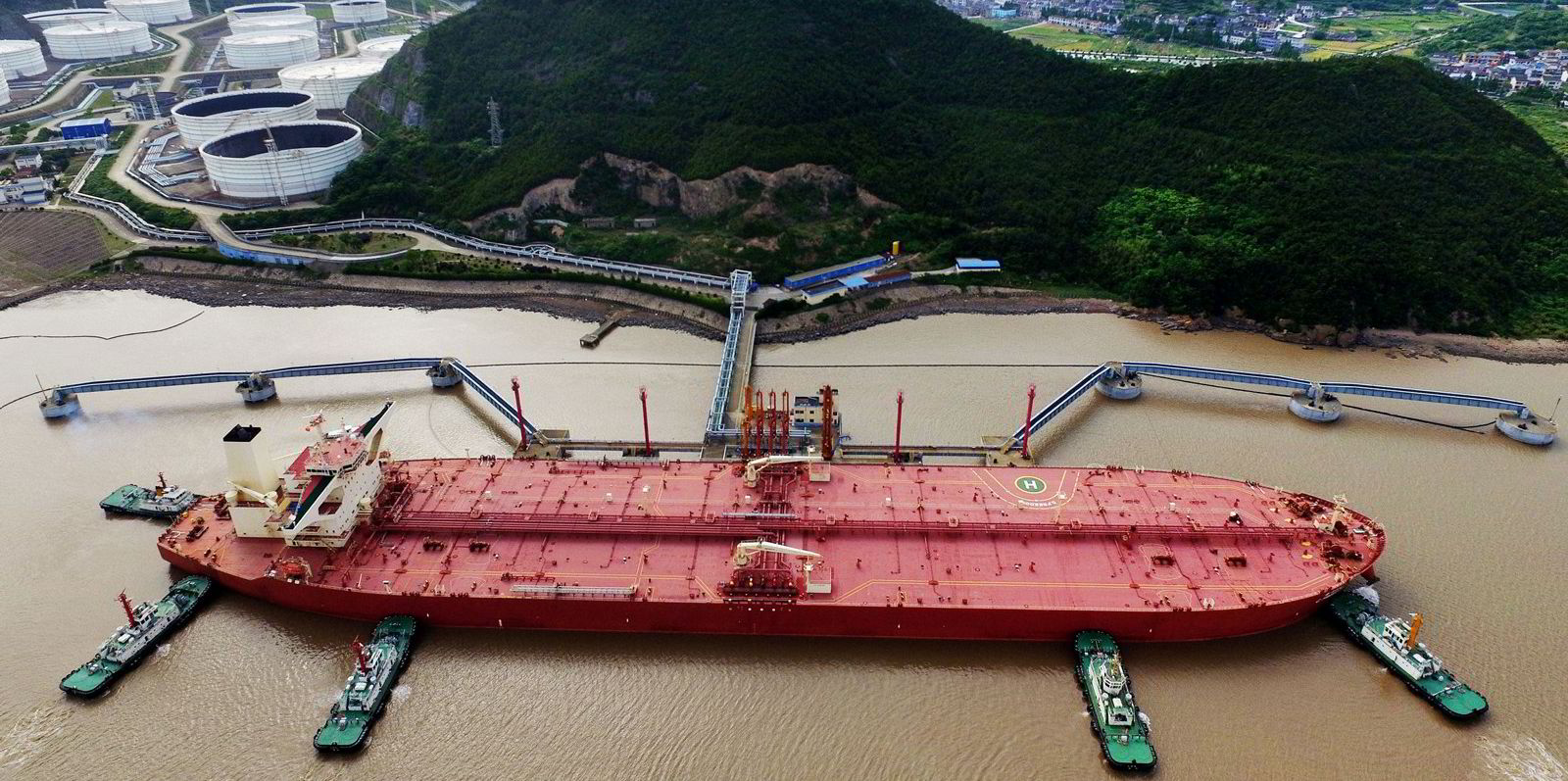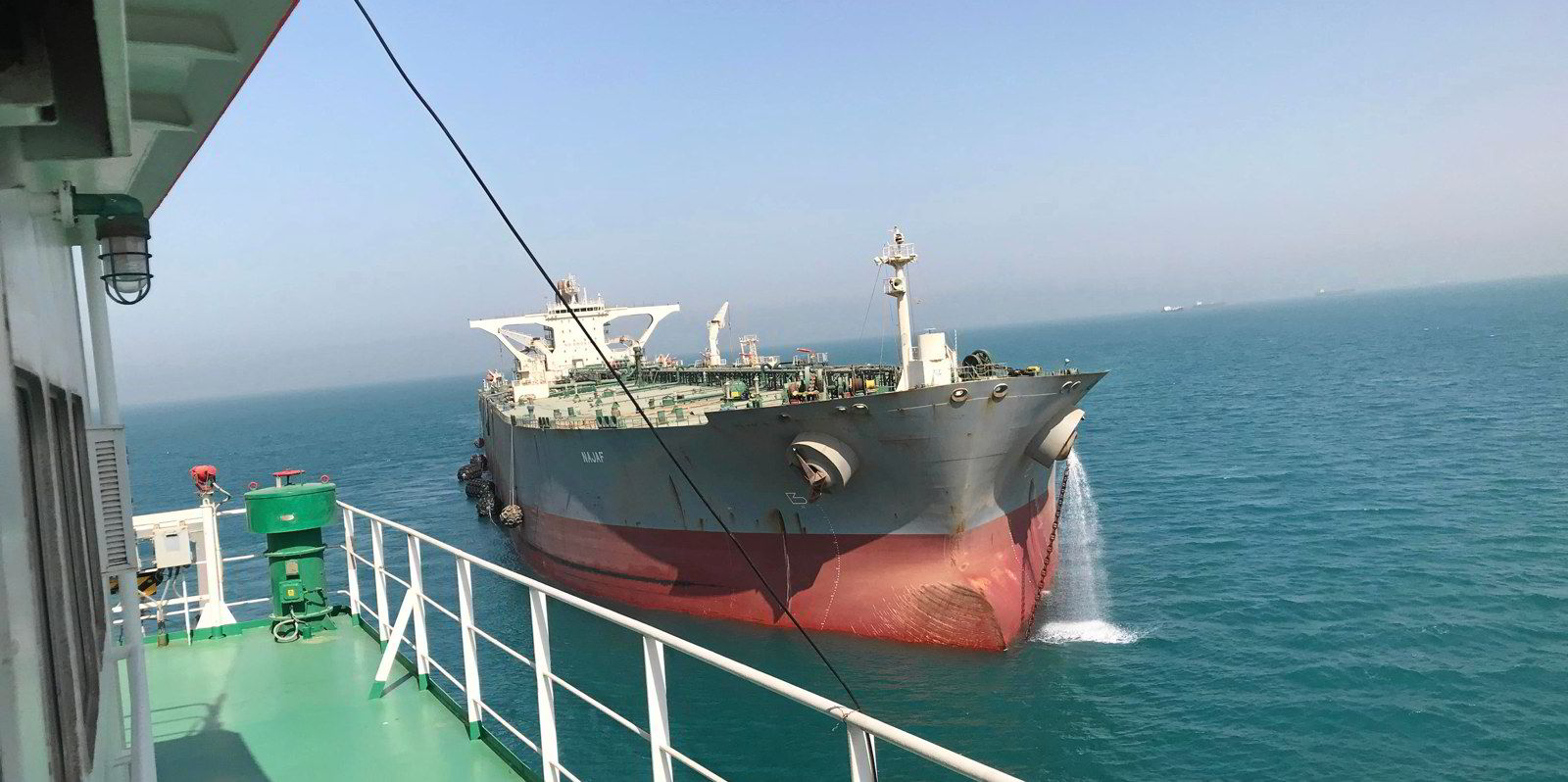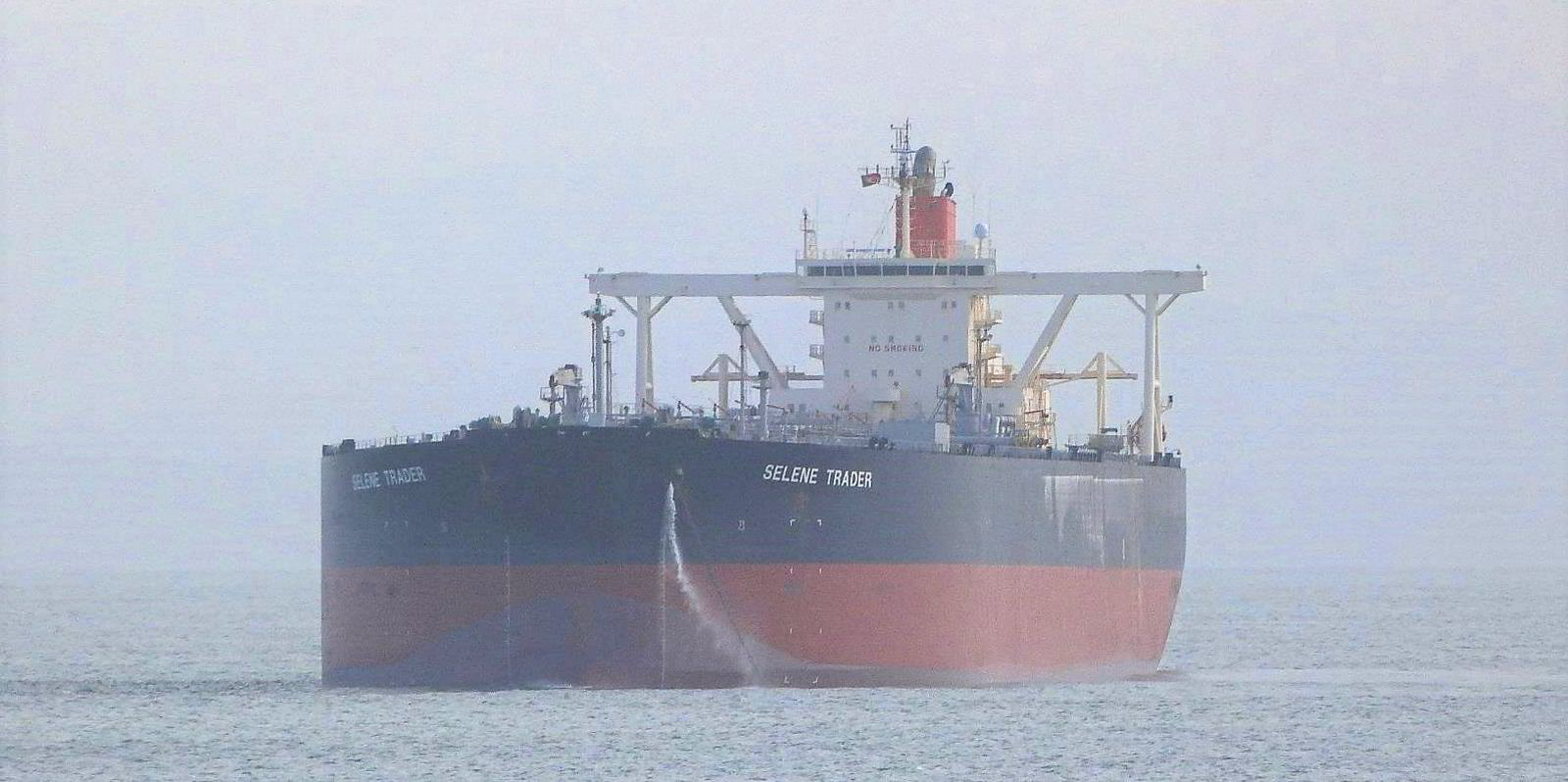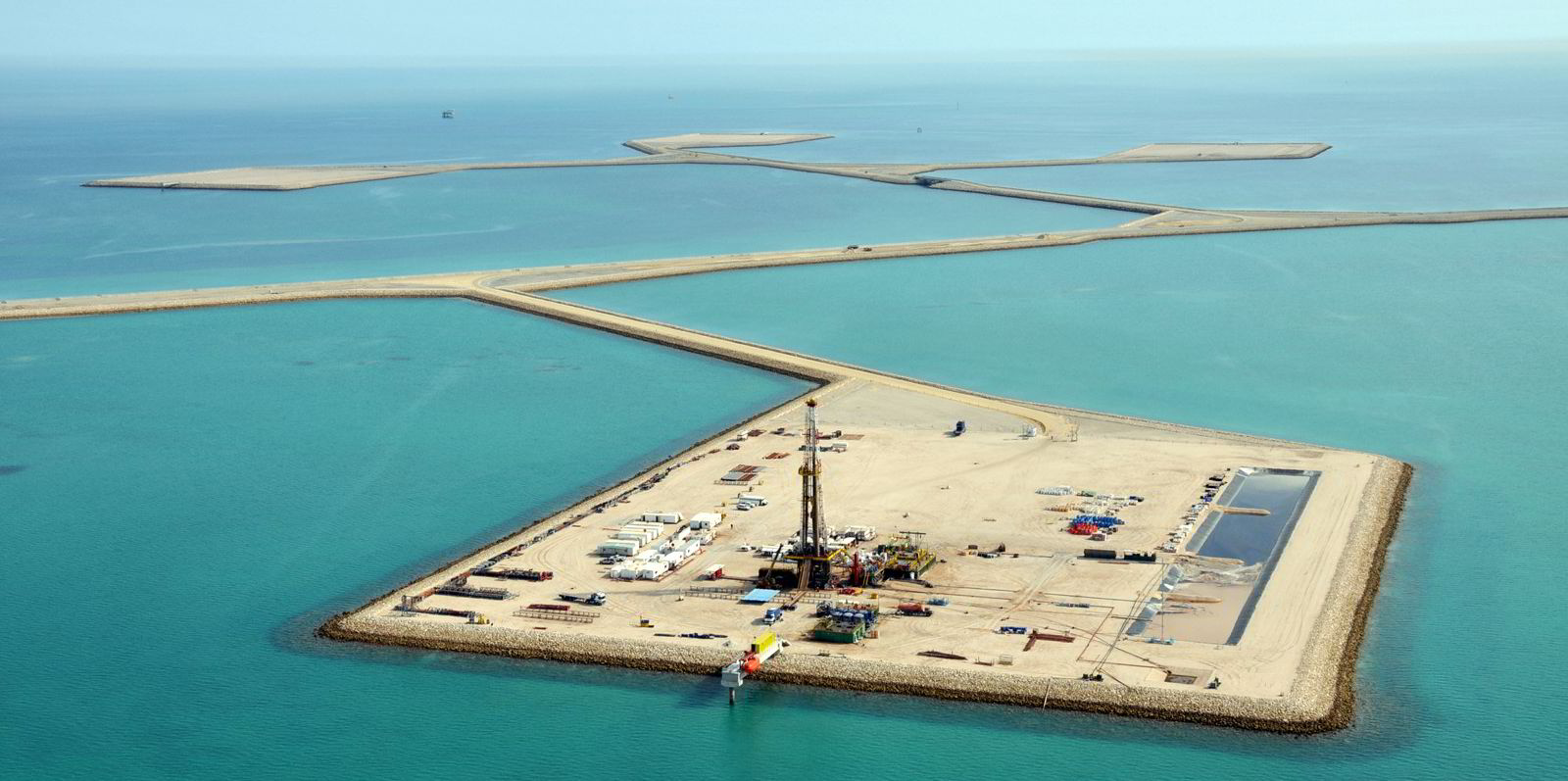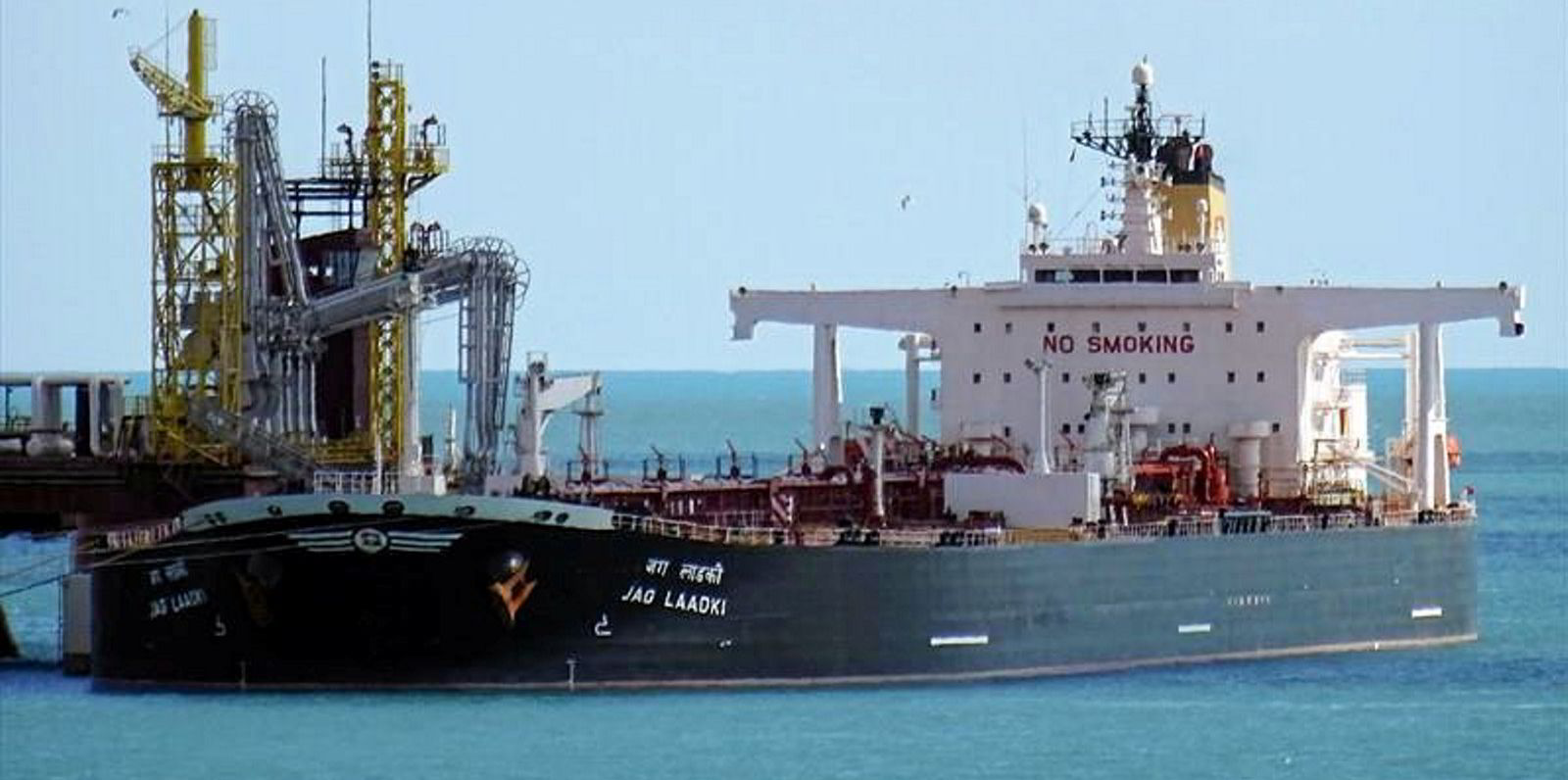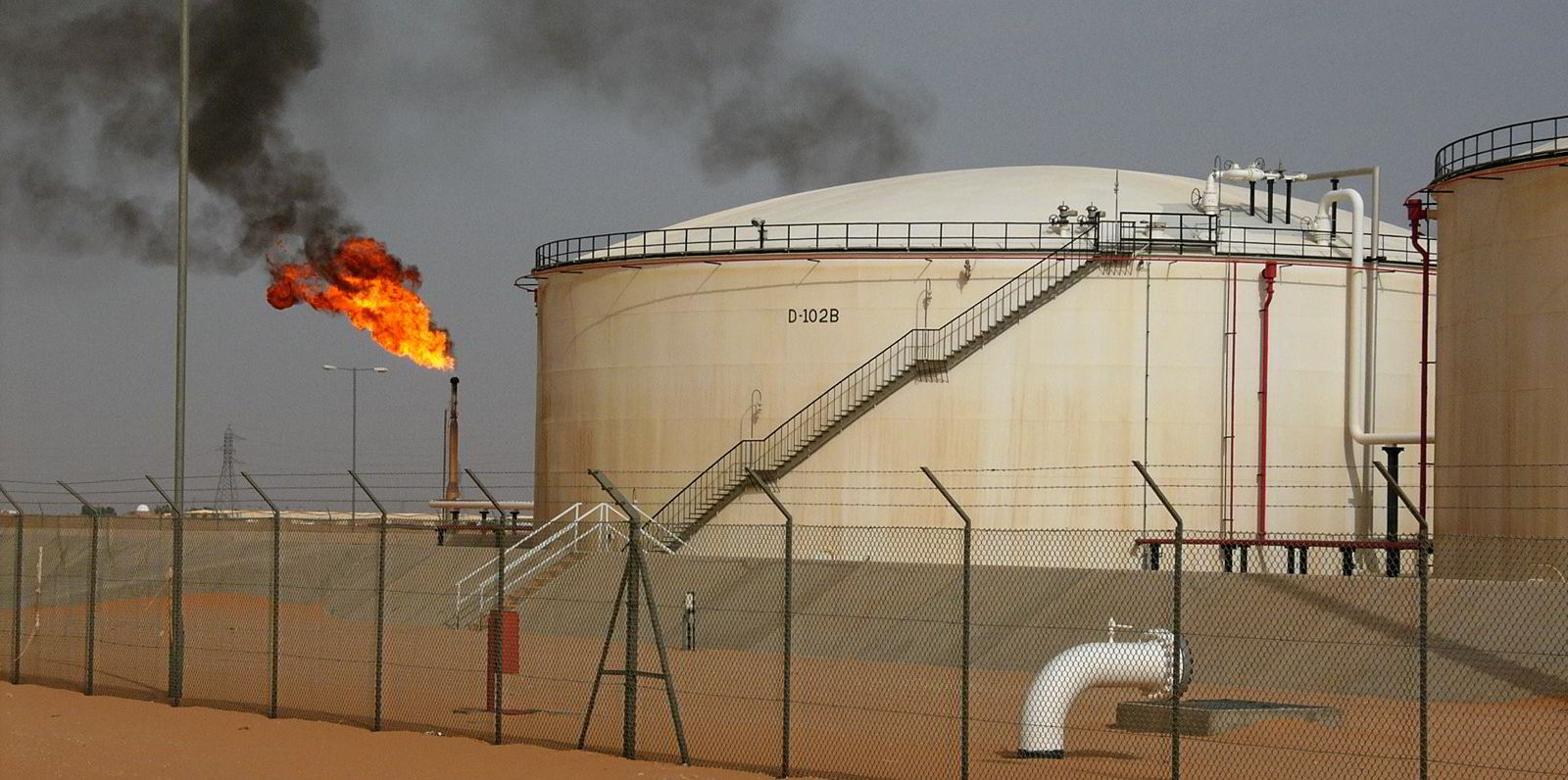The outlook for crude tankers may be bleak in the short term, but Danish Ship Finance (DSF) sees green shoots of recovery sprouting in 2022.
In its latest shipping report, the Danish finance house said the sector looks likely to experience a period of low freight rates heading into 2021, although the rebalancing of oil markets will eventually lead to more positive trends returning.
"The long-term outlook is brighter, but still subject to the uncertain timing of peak oil demand. If demand continues to grow, freight rates and secondhand values are likely to recover from 2022," it said.
Crude trades disappearing?
The outlook is strongest for the larger vessels, DSF believes.
VLCCs will dominate growing Asia-bound volumes, while aframaxes will suffer from diminishing crude oil demand from Europe.
"Increased localisation of refinery capacity may switch some regular crude oil trades to oil products as well," DSF forecast.
This will primarily affect aframaxes. Suezmaxes face a similarly mixed picture.
"While an expected sharp reduction in US exports in the wake of the low oil price may reduce the number of long-haul trades substantially, suezmaxes may regain some trades as a result of the prospective expansion of Middle Eastern crude oil production destined for India and South East Asia," said DSF's research team, led by senior analyst Jonas Stenbjerg.
The lender admits the short to medium-term outlook is "bleak".
Global oil demand remains weak, oil inventories are high and fleet availability is set to increase as vessels return from floating storage, DSF said.
The recent rise in coronavirus cases is also weighing on the recovery in global oil demand.
Storage picture uncertain

But a low orderbook brightens the long-term outlook.
At the peak of the oil storage boom in May, more than 250 vessels, or 12% of the fleet, were engaged in floating storage activities.
This figure dropped to 8% by July, but has since remained relatively stable.
"Further unwinding of floating storage will release vessels into a low market, but the pace is uncertain. Many charterers have managed to renew contracts at lower rates, and may continue to do so until demand returns, or more onshore storage becomes available," DSF said.
A widening oil price contango in September stimulated increased interest in the use of floating storage, although a significant uptick in storage levels has yet to be seen.
The crude fleet is still struggling to be fully employed, even though the worst of the impact from the pandemic on global oil demand appears to be over, the report added.
VLCC time charter spot rates averaged $62,000 per day over the first three quarters, up 50% from 2019, according to DSF.
Shipped crude volumes in 2020 are expected to be 5% or 6% lower than in 2019, while third-quarter oil supply was 8% to 9% below last year.
The secondhand price for a five-year-old VLCC started the year at a four-year high, but has come down 15% on average, even though freight rates were spiking, DSF calculated.
The value depreciation reflects concerns over long-term oil demand, the analysts believe.
And the drop may translate to a three-year shortening of a vessel's economic lifetime.
"Some observers have begun to speculate whether peak oil demand could be behind us, while others maintain the argument that it will not peak any time soon. We believe there may be some additional years of growth ahead of us," they added.
New vessel orders have dropped as low newbuilding prices were eclipsed by increased risks related to long-term oil demand and future vessel specs, while fuel-efficiency gains have diminished due to the low oil price, the report said.
High demolition activity in 2018 and favourable earnings conditions meant there was almost no scrapping in 2019 and 2020.
Opportunities are out there
This, combined with a steadily declining orderbook, has increased the fleet renewal potential, DSF believes.
"We expect owners to look to the secondhand market when expanding their fleets. The low oil price is curbing efficiency gains in newbuildings, while risks associated with future oil demand and future propulsion methods are higher too," the lender said.
Contracting of new ships is forecast to stay low due to regulatory uncertainty.
This will present opportunities for owners of the large number of tankers built between 2008 and 2012 as global oil demand returns, it added.
